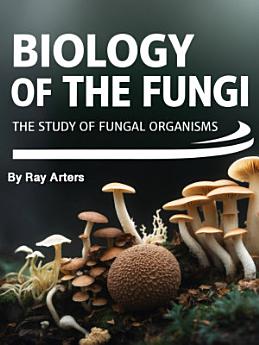Biology of the Fungi: The Study of Fungal Organisms
About this ebook
The kingdom Fungi represents a monophyletic group that diverged from animals more recently than either group diverged from plants, making fungi more closely related to animals than to plants despite their often plant-like appearance. This evolutionary relationship becomes apparent when examining the cellular and molecular characteristics that fungi share with animals, including the presence of chitin in cell walls, the storage of glycogen as an energy reserve, and the absence of chloroplasts and photosynthetic capabilities. These shared features reflect the common ancestry of fungi and animals while highlighting the unique evolutionary path that fungi have taken.
Fungal diversity encompasses an estimated 1.5 to 5 million species worldwide, though fewer than 150,000 have been formally described and named by scientists. This remarkable diversity reflects hundreds of millions of years of evolutionary adaptation to virtually every conceivable ecological niche, from the deepest ocean sediments to the highest mountain peaks. Fungi have evolved to exploit virtually every organic substrate imaginable, developing specialized enzymes and metabolic pathways that enable them to decompose everything from simple sugars to complex lignin polymers in wood.








